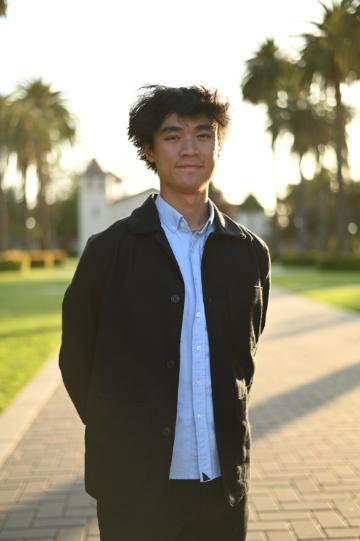Taylor Nguyen: Email etiquette for communication with recruiters/professionals

First impressions are key. That is a common sentiment held within the professional world, and it’s usually applied to when you meet someone for the first time. However, first impressions are key when you send messages or emails as well, especially to recruiters and industry professionals.
It is extremely important that you address the person you are emailing in a formal manner, especially if it is your first time emailing them. This entails addresses such as Mr., Ms., Mrs., etc. although I think that is self-explanatory. Though not necessary, I like to open my emails with a short line or blurb of small talk. This can be something like “I hope this email finds you well!” or “I hope you’ve enjoyed the weekend and have had a restful break!” This humanizes your email, and it constructs the email as more of a conversation rather than a document of information. After this, you can go into the body of your email and address the purpose.
If the purpose of the email is to schedule a meeting or appointment, the onus is on you to give them your schedule rather than asking them when they are available. For most of us, we are involved in classes and extracurricular activities, so, in an organized and digestible format, lay out the times that you are in class or engaging in your extracurriculars, and identify the times you are able to allot the appropriate amount of time for the meeting. I tend to follow this with a question about whether or not the times listed work well for the other person’s schedule. This shows that you are proactive in your thought process, and it elicits a response from the other person.
The body of your email should be concise but not robotic. Do not include extraneous or tangent information that may have little relation to the topic at hand, as more often than not, that information will come up during the actual meeting. Sentence structure and variation, although not make-or-break elements to communication and emailing, should be considered. You don’t want to construct an email that reads very stagnantly. You want something that flows well and gets your message across in a seamless fashion. Break your email into different sections, so it is not one big chunk of text. This allows the reader to better digest and compartmentalize the information you are presenting without having to go back and read the full body to find what they may be looking for.
The ending of an email is just as important as the start of it. It’s not always necessary, but I believe that a closing statement is a nice touch. Something along the lines of “Thank you for your time and help! I look forward to connecting further with you!” continues to display warmth and an enthusiasm to meet and connect with the person. Finally, there are many ways you could sign off, but something such as “Best, Best Regards, Warm Regards, Sincerely, etc.” are sufficient.
How you communicate in a professional and formal way is a reflection of character, so put your best foot forward! There’s many ways to communicate and get your message across, so experiment with different things, and find what works best for you!
